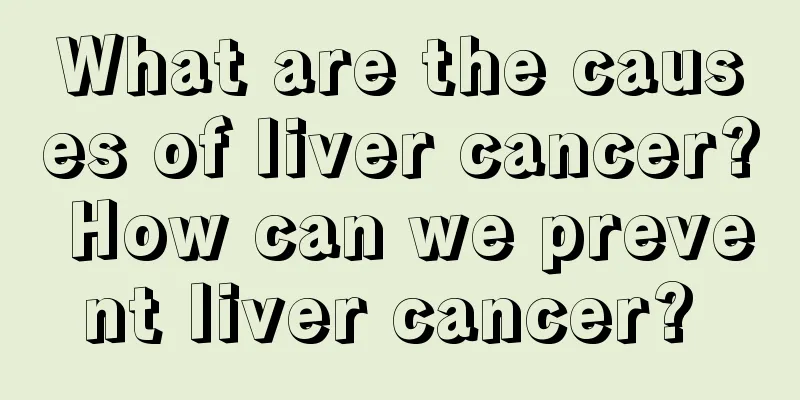The afterload of the ventricular muscle refers to

|
Our heart is divided into the left atrium, left ventricle, right atrium and right ventricle. Different atria and ventricles are responsible for different tasks. If there is a problem with the heart, the blood in the body cannot circulate normally, and the normal life activities of the body will be seriously affected. Moreover, most heart diseases are congenital and have a certain degree of heredity. So what does the afterload of the ventricular muscle mean? The preload of the ventricular muscle refers to the resistance or load encountered before the myocardium contracts, or in other words, the volume or pressure at the end of ventricular diastole is the preload of the ventricular muscle. It is related to venous return. Within a certain range, the preload increases as the venous return increases. Therefore, diuretics and venodilators can be used clinically to reduce venous return and alleviate preload. When the mitral valve or aortic valve is incompletely regurgitated, the preload increases because the volume or pressure at the end of left ventricle diastole increases. Afterload refers to the resistance or load encountered after myocardial contraction, also known as pressure load. Aortic pressure and pulmonary artery pressure are the afterload of the left and right ventricular myocardium, respectively. Hypertension and aortic valve stenosis often increase the afterload of the ventricular muscle and increase the burden on the heart. Clinically, vasodilators can be used to reduce the afterload and thus relieve the burden on the heart for some patients with heart failure. Preload: The resistance or load encountered by the myocardium before it contracts. That is, the volume or pressure at the end of ventricular diastole. It is related to venous return. Within a certain range, as venous return increases, preload increases. When the mitral valve or aortic valve is incompletely closed, the left ventricular end-diastolic volume or pressure increases and the preload also increases. Afterload: It is the resistance or load encountered after myocardial contraction, also known as pressure load. Aortic pressure and pulmonary artery pressure are the afterload of the left and right ventricles, respectively. Hypertension and valvular stenosis often increase the afterload of the ventricular muscle. |
<<: Normal value of hemoglobin in normal people
>>: The preload of the ventricular muscle refers to
Recommend
Disadvantages of using facial mask machine to make facial mask
In recent years, facial mask machines that can ma...
How long can you live with multiple liver cancers
Multiple liver cancer means that there are not on...
Does the water light needle have a moisturizing effect?
Although various injections are very popular on t...
What are the effects of Natto Red Yeast Capsules?
Natto and Red Yeast Rice Capsules are a kind of h...
How to treat different types of ovarian tumors
Ovarian malignant tumors cause many patients to s...
Why does the skin have purple spots
The skin can be regarded as the largest organ in ...
What foods should be eaten for primary liver cancer? Four major dietary principles for primary liver cancer
The liver is an indispensable organ in our body. ...
How to eat fresh bergamot
With the development of transportation and refrig...
What are the clinical examination methods for skin cancer
Since we don’t have as much knowledge of diseases...
What to do if lips peel severely
If the symptom of peeling lips is serious, we can...
How to wash off asphalt from shoes
Asphalt is often used on some roads. So if we are...
The difference between field snails and golden apple snails
Many friends like to eat some small snails while ...
80% of lung nodules are lung cancer
Hearing the term "pulmonary nodules" ma...
What to do if the corners of mouth peel like ringworm
In some seasons, the air becomes drier, and many ...
Is lymphadenitis serious? What are the dangers?
Lymphadenitis is an inflammation of the area wher...









